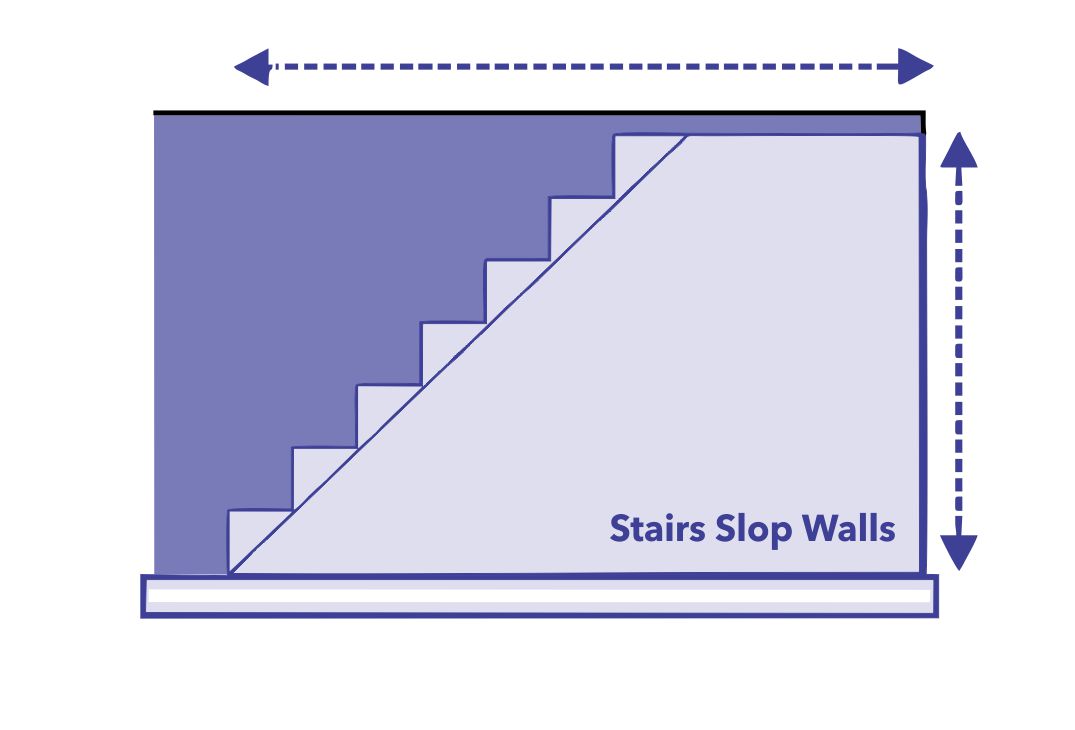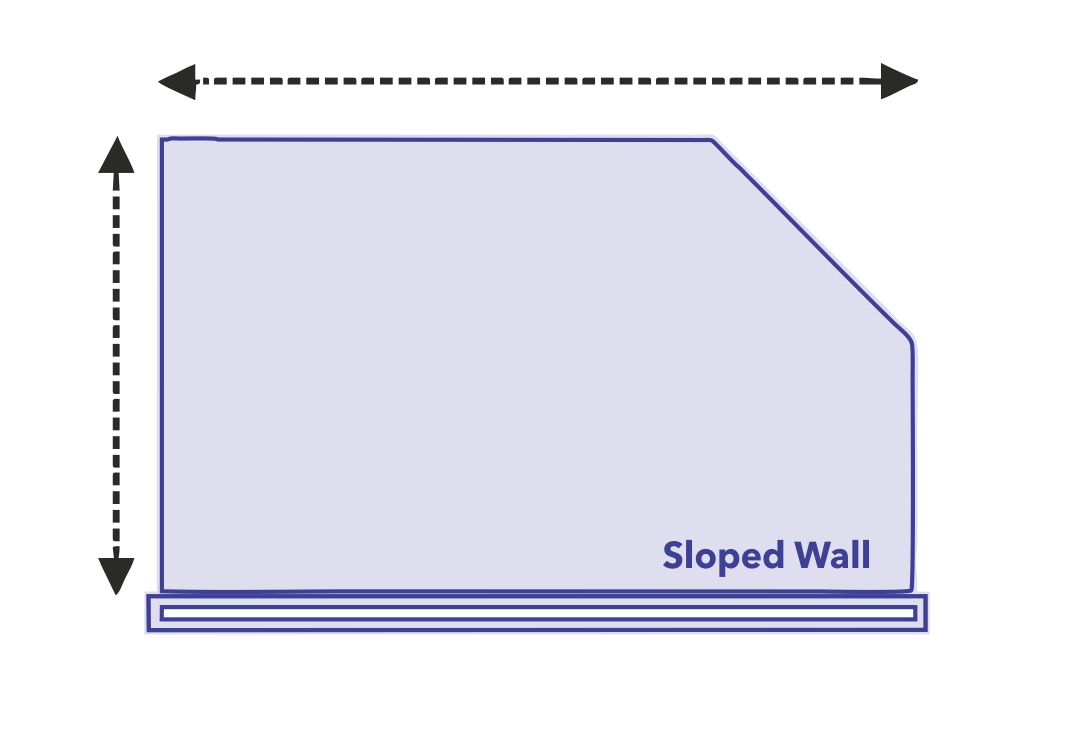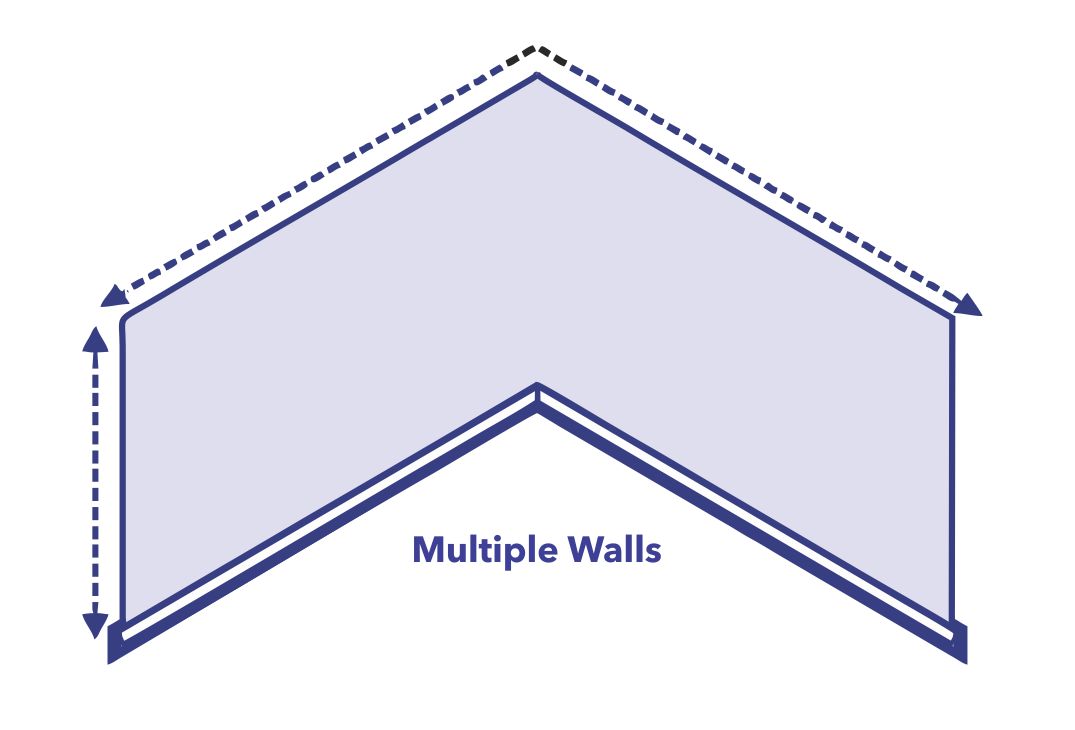How To Measure
(Name) which are notable wallpaper and fantastic mural design providers always print your favourite wallpaper a few inches larger than the exact size of your walls, so that your design fits perfectly into your space. (Name) has made the whole installation and delivery process an easy one.
Here are some basic steps for measuring a wall:
- Start by identifying the wall you want to measure. Measure the length of the wall by using a tape measure to measure from one end to the other. Measure the height of the wall by using a tape measure to measure from the floor to the ceiling.
- Choose your favourite wallpaper and insert the readings on the product page. Then check out.
- Now you just have to sit back and relax. Your custom size wallpaper will be delivered according to your wall size.
Because walls come in all different sizes and shapes, Team (Name) would adore working on that kind of project!

See the following for advice on measuring various wall kinds.
Standard Walls

Measuring standard walls involves using basic tools like a tape measure, pencil, and level to determine the length and straightness of a wall. Start at one end of the wall and measure the length from edge to edge, taking note of any obstacles like doors or windows. Use a level to check the straightness of the wall both horizontally and vertically. Repeat the process for all walls in the room, and double-check measurements for accuracy. Keep in mind that walls are rarely perfectly straight or level, so taking multiple measurements from different points along the wall is a good idea. This will ensure that any irregularities are accounted for when selecting the appropriate hardware for hanging items on the wall.
Stairs Slop Walls

One has to measure the height of the wall at the highest and lowest points in order to measure a sloped wall along a staircase. We have to measure the length of the wall at the midpoint and calculate the total square footage by multiplying the average length by the height at the midpoint. If the wall has any defects then we have to subtract their area from the total square footage.
Sloped Walls

Measuring sloped walls can be a bit more difficult than measuring standard walls, however, it's an important thing for many home renovation projects. Here are some basic steps for measuring sloped walls:
- Usually one has to measure the attic or dormer wall because they are angled or sloped.
- One has to measure the height of the wall at the highest and lowest points. It is recommended to measure all the dimensions of the wall from the floor to the ceiling at the highest and lowest points. Make sure to measure perpendicular to the slope of the wall.
- Use tape to measure the length of the wall at the midpoint of the sloped section. This will give you an average length for the wall.
- Finally, calculate and find out the total square footage of the wall. Multiply the average length of the wall by the height at the midpoint. This will give you the total square footage of the wall.
Pitched Walls

Measuring a pitched wall requires a few extra steps compared to measuring a standard wall. Start by gathering a measuring tape, pencil, and level. Measure the length of the wall from end to end at its highest point and take note of any angles or slopes. If the slope is consistent, measure the height of the wall at regular intervals. If the slope is irregular, take multiple measurements to get an accurate picture of the wall's shape. Use the level to check the angle of the wall and record the degree measurement. Repeat these steps for all pitched walls in the room.
Walls With Obstacles

When measuring walls with obstacles like doors, windows, or fixtures, it is important to take these elements into account. Start by measuring the length of the wall from one end to the other. Then, measure the width of any obstacles and subtract that from the overall length measurement. Be sure to measure from the edge of the trim or molding, not the wall corner. Additionally, note any irregularities in the wall caused by the obstacles, such as a recessed area around a window or door. Take multiple measurements from different points along the wall to ensure accuracy, and double-check your calculations to ensure that you have accounted for all obstacles.
Multiple Walls

Measuring multiple walls involves following a systematic approach to ensure that each wall is measured accurately. Start at one end of the room and measure the length of the first wall from end to end. Take note of any obstacles or irregularities. Move on to the next wall and repeat the process. Be sure to measure from the same starting point for each wall to ensure accuracy. Take multiple measurements from different points along each wall to account for any irregularities. Once all walls have been measured, double-check your calculations to ensure accuracy. Keeping good notes and measurements is important when working with multiple walls to avoid errors.

